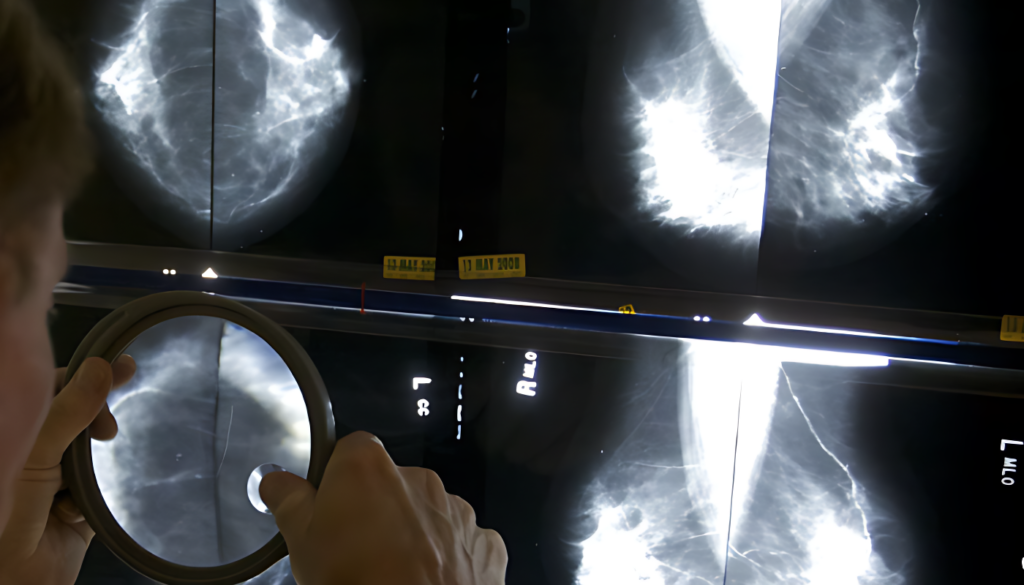
Breast cancer death rates in Europe are projected to decline in 2025 across most age groups, with significant improvements expected in early detection, screening, and treatment. However, some age groups, particularly women over 80, will see limited progress.
Decline in Breast Cancer Mortality Rates Across Europe
A new study, published in the Annals of Oncology, projects a 4% decrease in breast cancer death rates in the European Union (EU) compared to 2020 and a 6% reduction in the United Kingdom (UK). These improvements are attributed to advancements in medical technology and more accessible treatments. However, the study found that the decline will not be as significant for older women, especially those over 80. In these age groups, only the UK and Spain are expected to see a reduction in mortality rates.
The research, which utilized data from the World Health Organization (WHO) and United Nations (UN), analyzed trends in five of the most populous EU countries—Germany, France, Poland, Spain, and Italy—and in the UK.
Advances in Screening and Treatment
Professor Carlo La Vecchia, lead author of the study from the University of Milan, emphasized the positive impact of improved early diagnosis and treatment options. “The decline in breast cancer death rates is remarkable across most age groups under 80 in Europe,” La Vecchia explained.
However, women over 80 face fewer opportunities for screening and are less likely to benefit from the recent advances in treatment, contributing to slower declines in mortality in this group.
Averted Cancer Deaths in the EU and UK
Between 1989 and 2025, an estimated 6.8 million cancer deaths were averted in the EU, including over 370,000 breast cancer deaths. In the UK, 1.5 million cancer deaths were avoided, with nearly 200,000 of those being breast cancer-related.
Broader Cancer Mortality Trends
While breast cancer death rates are falling, overall cancer death rates in the EU have also seen a decline. Since 2020, cancer mortality has dropped by 3.5% for men and 1.2% for women in the EU. However, the overall number of cancer-related deaths has risen due to an aging population and growth in the population.
The UK has seen even larger reductions in cancer mortality—10.1% for men and 6.3% for women. However, specific types of cancer, including bowel and uterine cancer, are still on the rise in women.
Lifestyle Factors and Their Impact on Cancer Rates
Smoking, obesity, and diabetes continue to influence cancer rates. La Vecchia noted that while smoking among women has decreased since the 1970s, earlier generations of women who began smoking in the 1950s are contributing to the rise in cancer rates, particularly lung cancer.
An alarming trend observed in the study is the increase in colorectal cancer deaths among younger individuals, primarily due to obesity and the lack of colorectal cancer screening for younger populations.
Preventive Measures for Reducing Cancer Risk
To curb cancer rates, experts recommend lifestyle changes such as quitting smoking, limiting alcohol consumption, and managing obesity. Increased screening programs and early diagnosis are also vital for improving survival rates.
While projections for breast cancer mortality in 2025 are encouraging, further efforts are needed to address challenges among older age groups and combat rising rates of other cancers, including lung and colorectal cancer.
